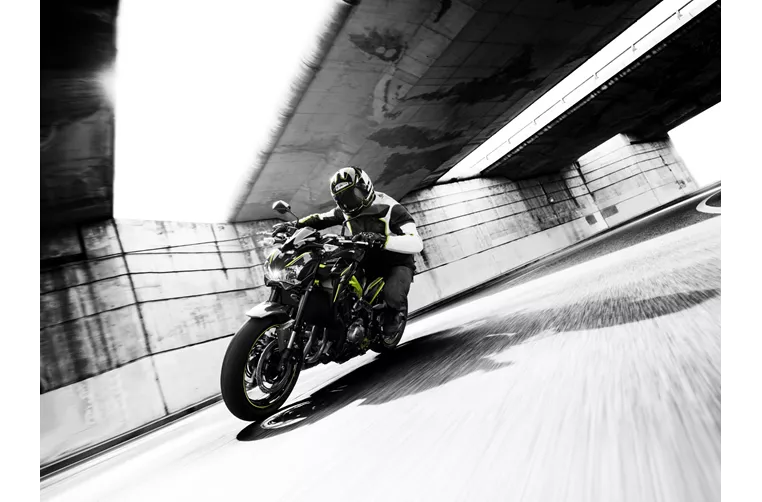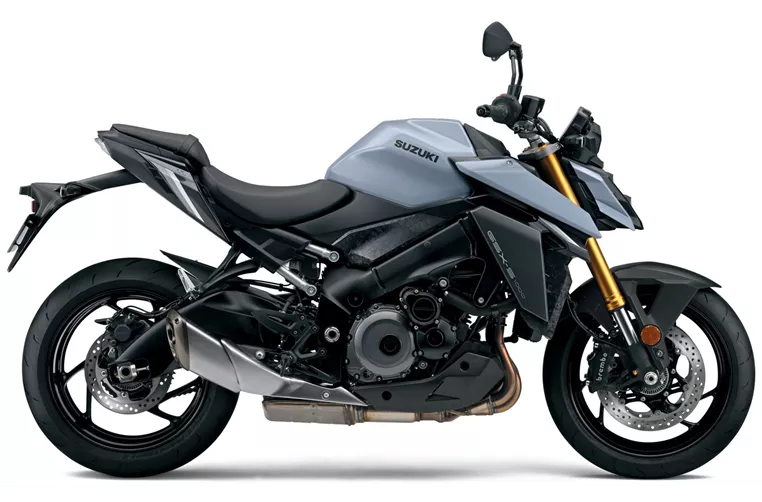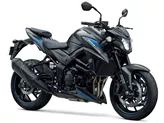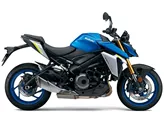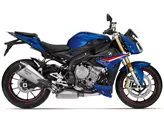Kawasaki Z900 2018 vs. Suzuki GSX-S1000 2021

Kawasaki Z900 2018
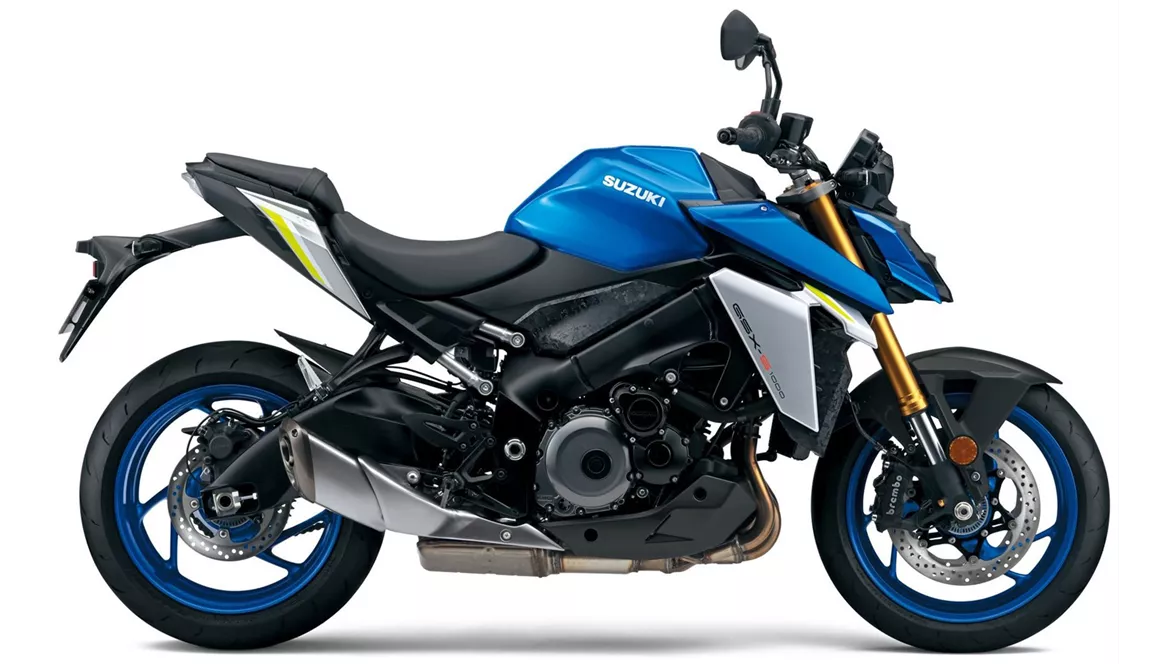
Suzuki GSX-S1000 2021
Overview - Kawasaki Z900 2018 vs Suzuki GSX-S1000 2021
The Kawasaki Z900 2018 and the Suzuki GSX-S1000 2021 are both naked bikes with similar engine types, being in-line 4-cylinder engines with liquid cooling. However, there are several notable differences between the two models.
In terms of engine power, the Suzuki GSX-S1000 2021 has a clear advantage, with 152 HP compared to the Kawasaki Z900 2018's 125.4 HP. The Suzuki also has a higher torque of 106 Nm, while the Kawasaki has a torque of 98.6 Nm. This means that the Suzuki offers more power and better acceleration compared to the Kawasaki.
Both bikes have fuel injection systems and 4-cylinder engines, providing smooth and efficient power delivery. The Kawasaki Z900 2018 has a displacement of 948cc, while the Suzuki GSX-S1000 2021 has a slightly larger displacement of 999cc. This difference in displacement may contribute to the Suzuki's higher power output.
In terms of suspension, both bikes feature upside-down telescopic forks at the front and swing arm suspension at the rear. However, the Suzuki GSX-S1000 2021 offers more adjustability, with compression, preload, and rebound adjustments available for the front suspension. The Kawasaki Z900 2018 only offers preload and rebound adjustments for the front suspension.
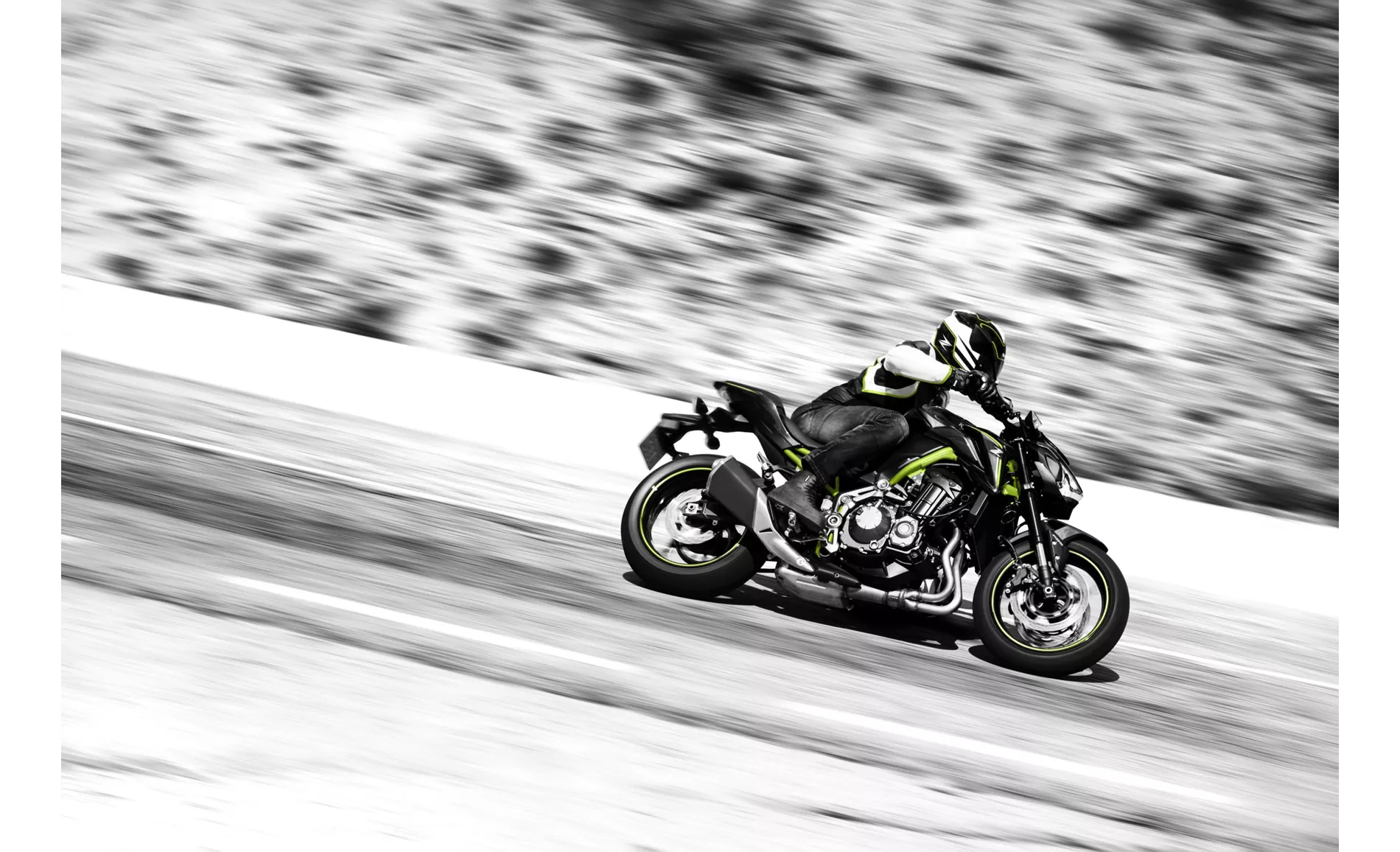
Kawasaki Z900 2018
The chassis of the two bikes also differs. The Kawasaki Z900 2018 has a steel frame with a double cradle design, while the Suzuki GSX-S1000 2021 features an aluminum frame with a twin-tube design. The choice of materials and frame design can affect the bike's weight, handling, and overall rigidity.
In terms of braking, both bikes have double disk brakes at the front with four-piston calipers. However, the Suzuki GSX-S1000 2021 has larger diameter disks at 310mm compared to the Kawasaki Z900 2018's 300mm disks. The Suzuki also features radial and monoblock technology for its front brakes, which can provide better braking performance and feel.
When it comes to advanced rider assistance systems, the Suzuki GSX-S1000 2021 has a clear advantage. It offers ABS, riding modes, ride by wire, a shift assistant with blipper, and traction control. The Kawasaki Z900 2018, on the other hand, only offers ABS.
In terms of dimensions and weights, there are minor differences between the two bikes. The Suzuki GSX-S1000 2021 has a slightly longer wheelbase of 1460mm compared to the Kawasaki Z900 2018's 1450mm. The seat height is also slightly higher on the Suzuki at 810mm compared to the Kawasaki's 795mm. The kerb weight with ABS is slightly higher on the Suzuki at 214kg compared to the Kawasaki's 210kg.

Suzuki GSX-S1000 2021
In terms of strengths, the Kawasaki Z900 2018 is praised for its powerful and silky engine, great sound, sharp and sporty look, low seating position, and easy handling and manoeuvrability. On the other hand, the Suzuki GSX-S1000 2021 is praised for its powerful engine, smooth quickshifter, sporty handling, comfortable seating position, and aggressive look.
However, the Kawasaki Z900 2018 does have a couple of weaknesses. It lacks traction control, which can be a disadvantage in certain riding conditions. Additionally, the knee angle may be strenuous for tall riders during long rides.
The Suzuki GSX-S1000 2021 has one notable weakness, which is that the display can be difficult to read, potentially causing inconvenience and reduced visibility while riding.
In summary, the Suzuki GSX-S1000 2021 offers more power, advanced rider assistance systems, and better adjustability in terms of suspension compared to the Kawasaki Z900 2018. However, the Kawasaki has its own strengths, such as a powerful and smooth engine, great sound, and easy handling. Ultimately, the choice between the two models will depend on individual preferences and priorities.
Technical Specifications Kawasaki Z900 2018 compared to Suzuki GSX-S1000 2021
Pros and Cons in comparison
Pros and Cons in comparison
Kawasaki Z900 2018
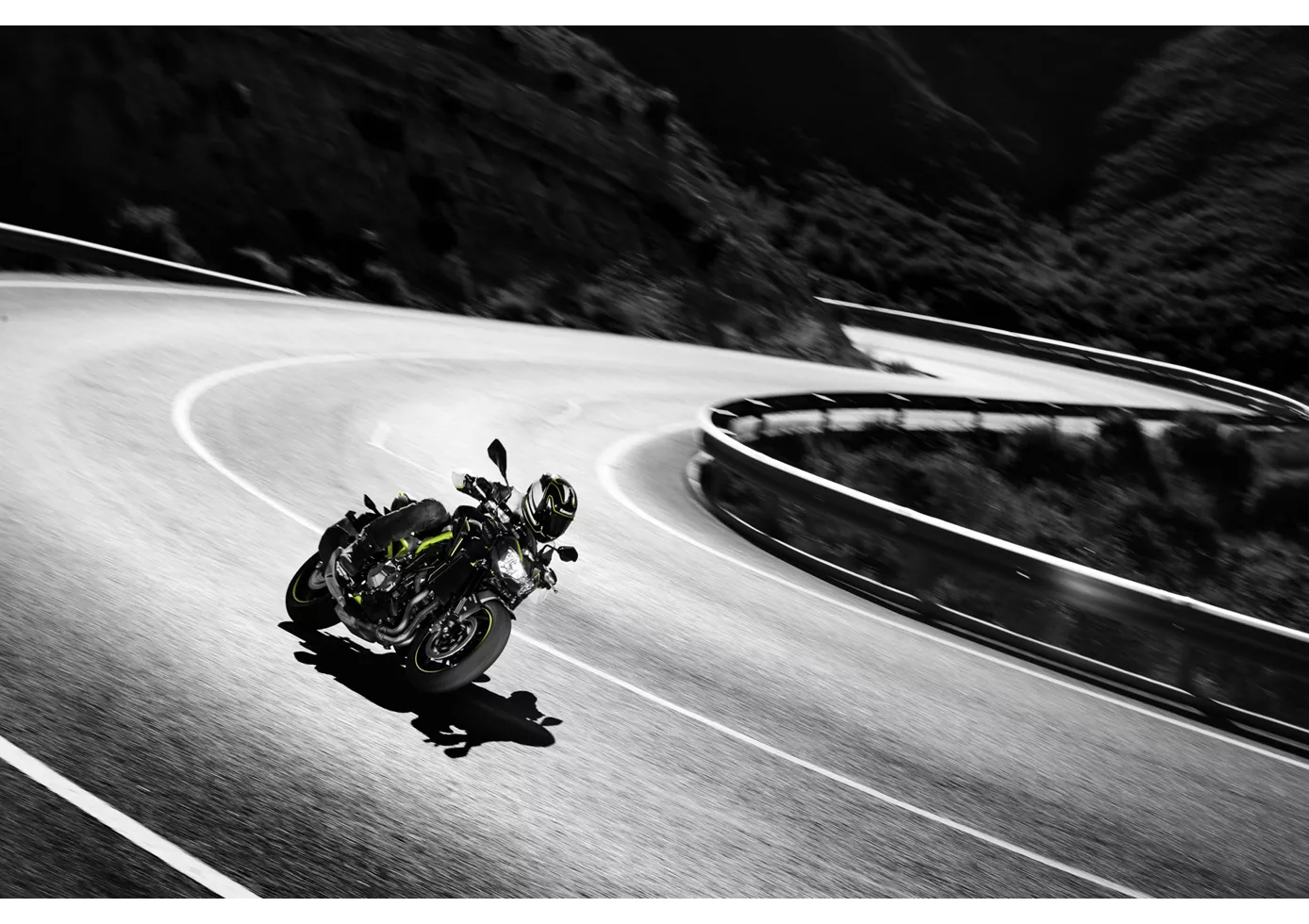
Dans le segment très concurrentiel des naked bikes, la Z900 joue dans la cour des grands. Son moteur, en particulier, est absolument grandiose, incroyablement soyeux et offre une puissance élevée à tous les régimes - comme il se doit pour un quatre cylindres japonais. Son look sportif et agressif s'y prête bien. Elle renonce aux fioritures électroniques, mais offre néanmoins une grande sécurité dans les virages, au freinage et en sortie d'accélération. La selle basse profite surtout aux petits pilotes, mais les grands pilotes pourraient regretter un angle du genou plus plat sur les longs trajets. Le faible poids et la compacité de la Z900 la rendent particulièrement maniable et facile à manier. Un canon sportif dont le prix est également très attractif
Suzuki GSX-S1000 2021
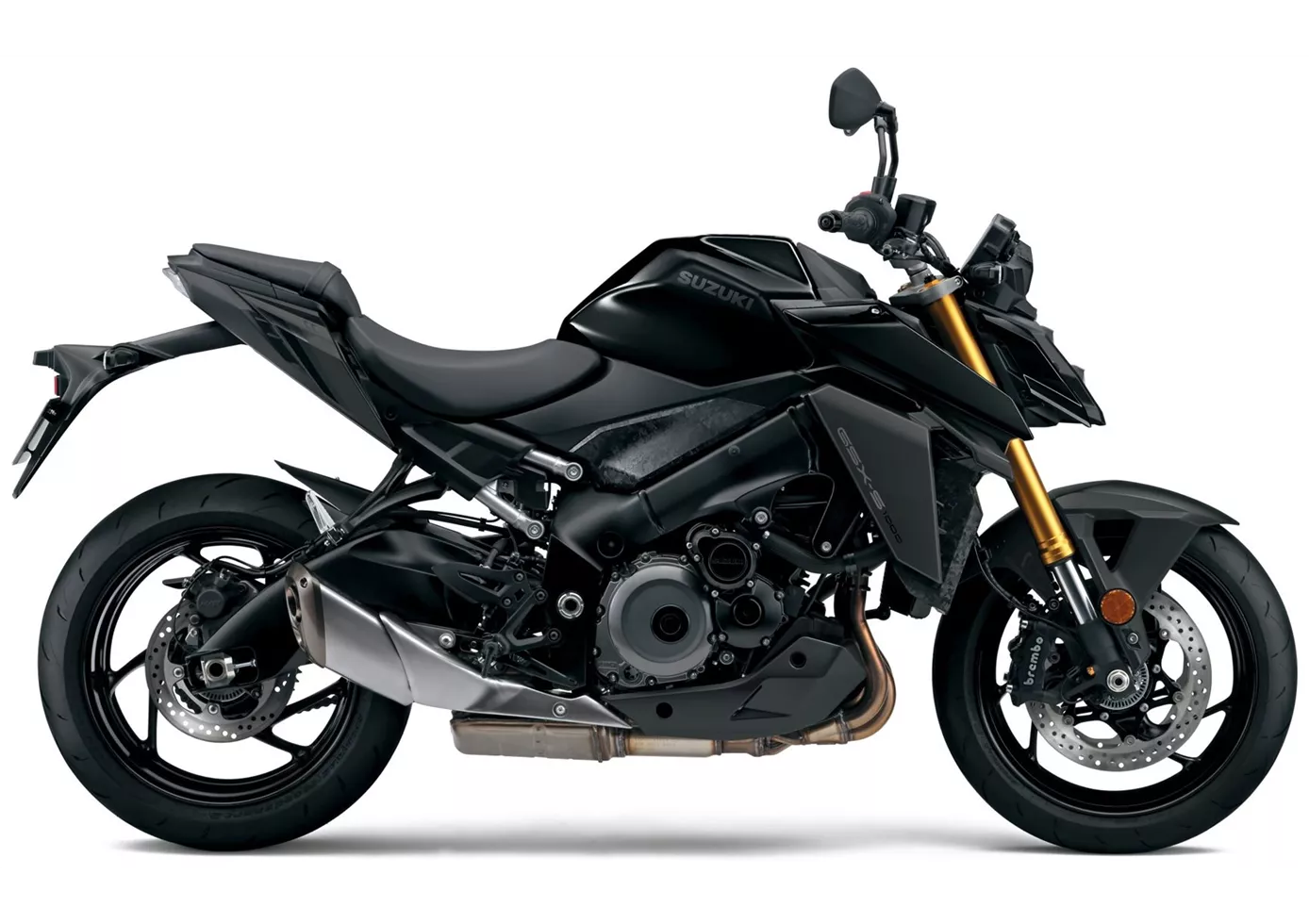
L'évolution de la GSX-S1000 de Suzuki est un succès total. Certes, sa structure de base est une vieille connaissance, mais avec la mise à jour de 2021 pour l'Euro5 et de nombreuses révisions, les Japonais ont mis au point un ensemble merveilleusement complet dans le segment Power Naked. Le moteur, la réponse à l'accélération et le Quickshifter fonctionnent impeccablement, les composants de la suspension et des freins sont configurés de manière sportive et confortable. Une moto avec laquelle on n'a pas besoin de se cacher - sauf si quelqu'un veut examiner l'écran...
Price Comparison Avarage Market Price Kawasaki Z900 vs Suzuki GSX-S1000
There are a few key differences between a Kawasaki Z900 2018 and a Suzuki GSX-S1000 2021. In terms of price, the actual average price of a Suzuki GSX-S1000 2021 is about 20% higher. Compared to Suzuki GSX-S1000 2021 there are more Kawasaki Z900 2018 bikes available on the 1000PS.de Marketplace, specifically 55 compared to 16. It takes less time to sell a Suzuki GSX-S1000 with 77 days compared to 112 days for the Kawasaki Z900. Since model year 2017 1000PS.de editors have written 46 reviews for the Kawasaki Z900 and 36 reviews for the Suzuki GSX-S1000 since model year 2015. The first review for the Kawasaki Z900 was published on 11/11/2016 and now has more than 93,200 views. This compares to more than 17,100 views for the first review on Suzuki GSX-S1000 published on 9/27/2014.
